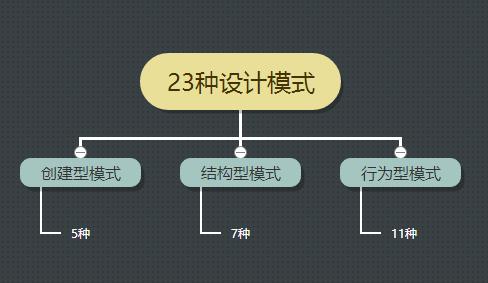Any optimization alogrithm programming interface can be seen as a black-box function with additional free parameters. In this spirit, simulated annealing (SA) can be implemented in pseudo-code within the dimensions of single slide with free parameters relating to the annealing schedule. Such an implementation however, neglects necessarily much of the structure necessary to take advantage of advances in computing resources, and algorithmic breakthroughs. Simulated annealing is often introduced in myriad disciplines, from discrete examples like the Traveling Salesman Problem (TSP) to molecular cluster potential energy exploration or even explorations of a protein's configurational space. Theoretical guarantees also demand a stricter structure in terms of statistical quantities, which cannot simply be left to the user. We will introduce several standard paradigms and demonstrate how these can be "lifted" into a unified framework using object oriented programming in Python. We demonstrate how clean, interoperable, reproducible programming libraries can be used to access and rapidly iterate on variants of Simulated Annealing in a manner which can be extended to serve as a best practices blueprint or design pattern for a data-driven optimization library.
翻译:任何优化 alogrithm 编程界面都可被视为带有额外的免费参数的黑箱功能。 本着这一精神, 模拟肛交(SA) 可以在单幻灯片的维度内以伪码形式执行, 并随与排泄时间表有关的自由参数执行。 但是, 这样的实施必然会忽略利用计算机资源进步和算法突破所必要的结构。 模拟肛交通常在多种学科中引入, 从旅行销售员问题( TSP) 到分子集群潜在能源探索, 甚至蛋白质配置空间的探索。 理论保证还要求在统计数量方面有一个更严格的结构, 不能简单地留给用户。 我们将引入几个标准模式, 并演示如何使用Python 的面向对象的编程将这些模式“ 提升” 纳入一个统一的框架。 我们展示如何使用清洁、 可互操作、可复制的编程图书馆来访问和快速复制模拟安纳林的变体, 其方式可以扩展为数据驱动优化图书馆的最佳做法蓝图或设计模式。




